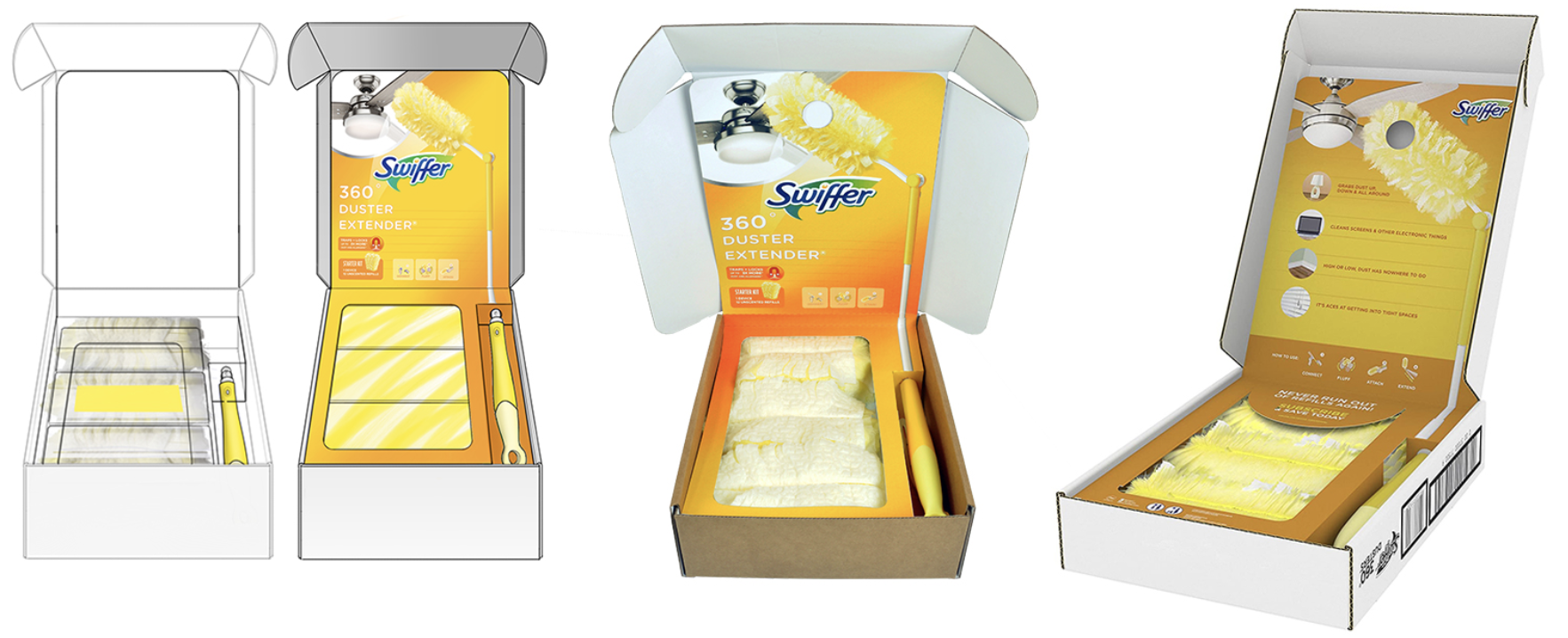Advertising and public relations (PR) are important marketing tools; they help businesses to build brands and communicate with their targeted audiences. However, the two differ in terms of how they are packaged and delivered to the intended audience. To know which is better in building awareness and driving sales for your business, let’s first start by understanding what each represents.
PR is an effort that a product manufacturer undertakes to improve its brand image in the eyes of the target audience. It does not involve direct selling, rather it presents a product as an alternative or as a solution to a given problem. Press releases, social media meetups, and fundraising activities are some of the tactics that a business may use in its PR campaign. On the other hand, paid advertising (ie. Pay Per Click ads) aims to increase the sales of a product with a business paid advertising media to pass a given message to the targeted audience.
In selecting the best marketing tool, product brands interested driving sales to retailers ought to consider several factors, such as the effectiveness of the media, the cost involved, how long it will last, and the returns on investment. Each of these two efforts will deliver different results to a retailer.
Paid advertising involves incurring expenses in terms of set fees every time an online visitor clicks your ad on Google. These costs will depend on the selection of keywords chosen for the paid advertising. For small product brands, this can be out of reach, as pay per click advertising could add up quickly. It will be prudent to select certain keywords that are in your budget but can drive traffic to your website or your retailer’s websites effectively. PR will give your business publicity; all you have to do is to package the PR in a way that attracts media and provides content that the general public would want to consume.
When we talk of creative control, paid advertising gives a business large control in terms of what is to be said, and generally how an ad will be packaged. On the other hand, PR campaigns are rigid, the content will be determined by the media, they are not obligated to cover your content, and they do it because it meets their criteria and is newsworthy. In terms of control, a retailer would be more at home with paid advertising, as this will help them pass the intended message, dictating how it is to be packaged, where it will be published and the timing involved.
Shelf life goes a long way in determining the effectiveness of a marketing campaign, as well as in influencing the cost. Paid adverts will be run for as long as they are paid for; this means that to be published and get to the desired audience, you will have to constantly pay the media. This may not be sustainable in the long run, given that it is expensive to run the adverts. PR campaigns, on the other hand, are run once but are available for viewing at any time. A press release, though it appears once, will always be available for reference. All that a business has to do is to package it in such a way that the targeted audience will find it useful.
At Retailbound, we help product manufacturers get retail ready and placed with the right retailers. We have a vetted network of PR agencies and digital marketers that can advise product manufacturers on how to select cost-effective media to help deliver the intended message. What works for one business may not be the best for another. We hope you will use these points to guide your business in selecting a marketing tool that will create awareness and build your brand, as well as increase sales. For more information on how Retailbound can help you grow in retail, please contact us at info@retailbound.com.



